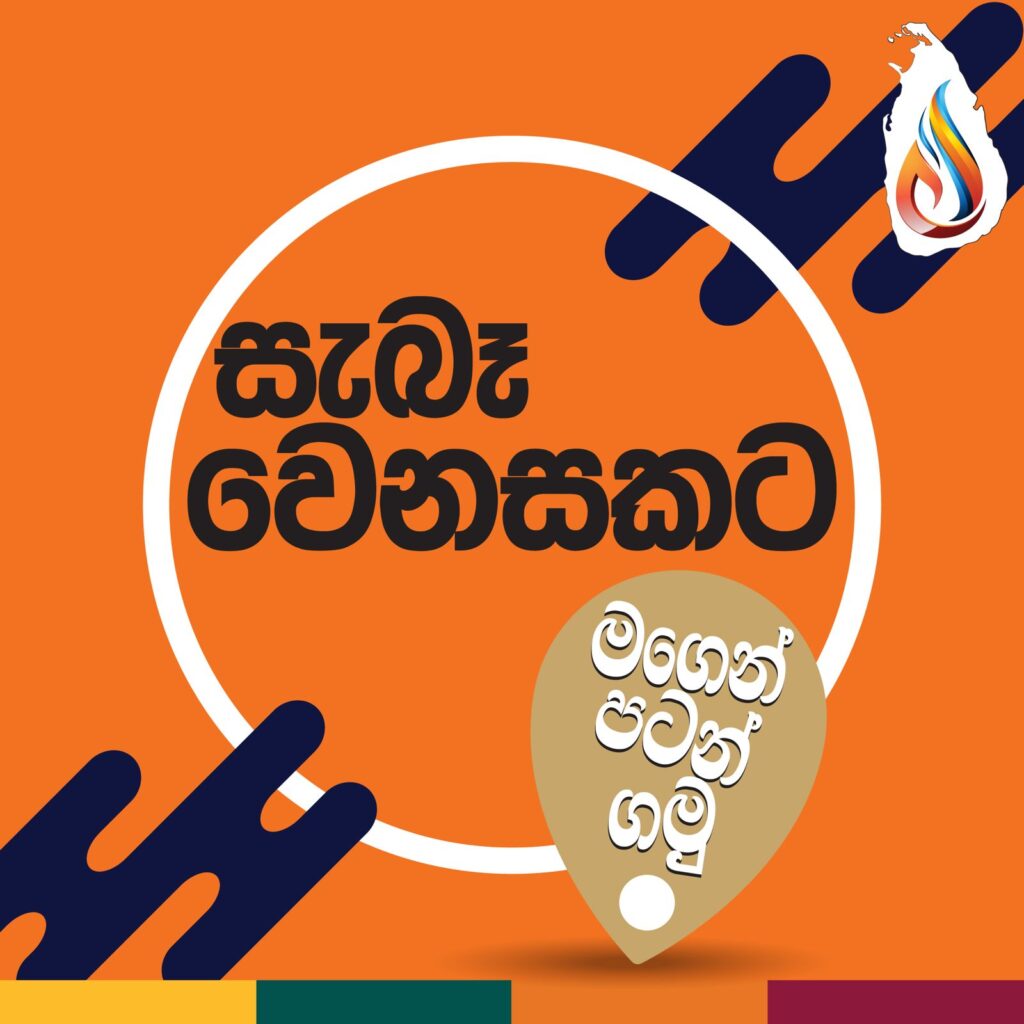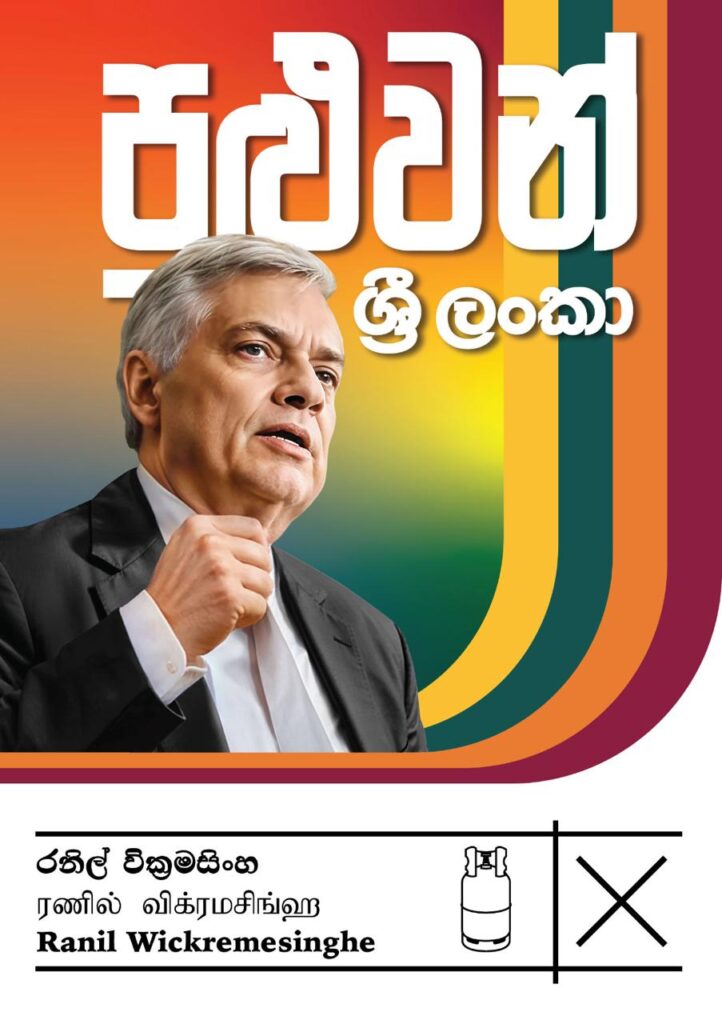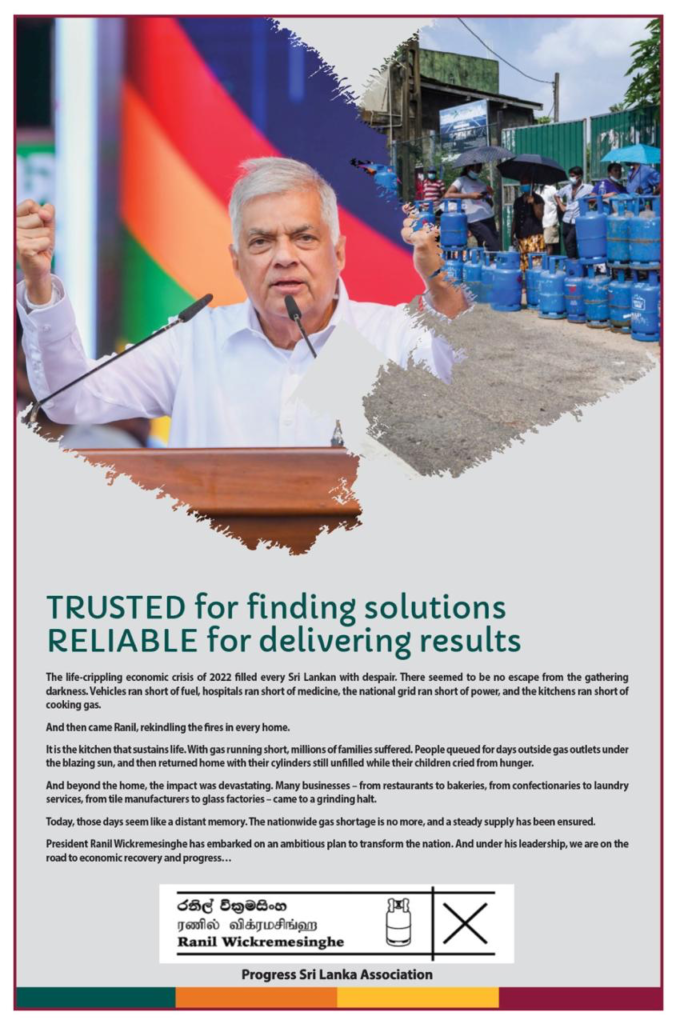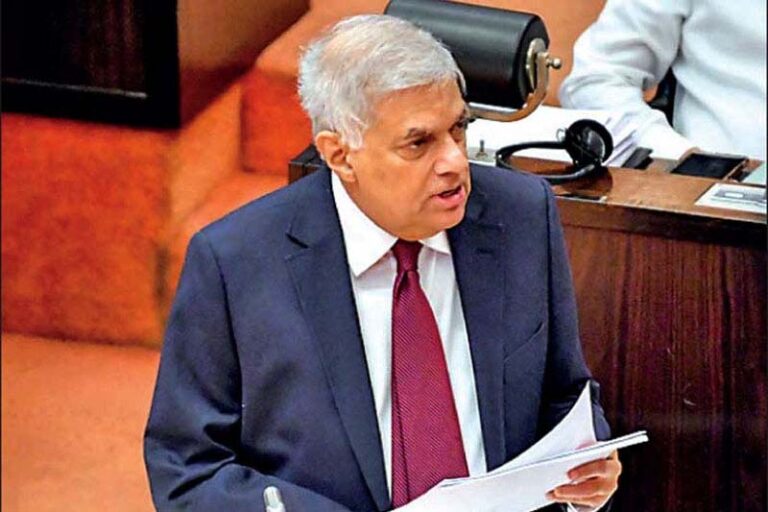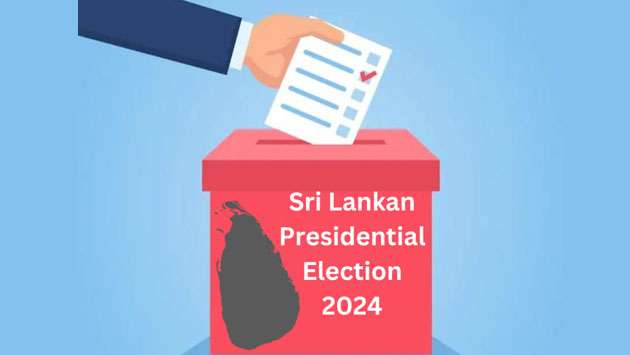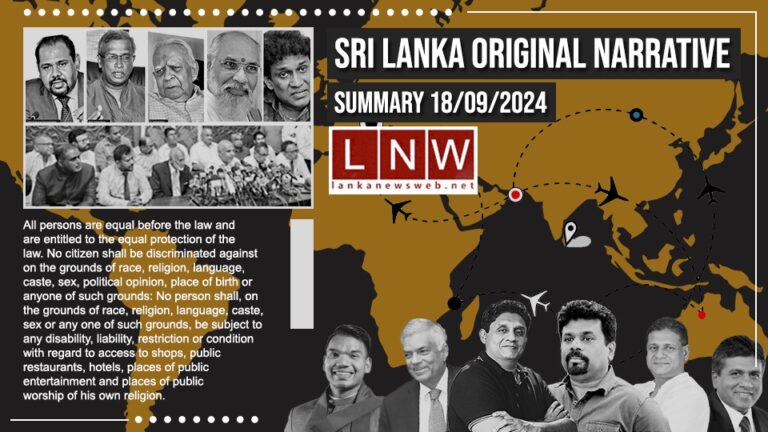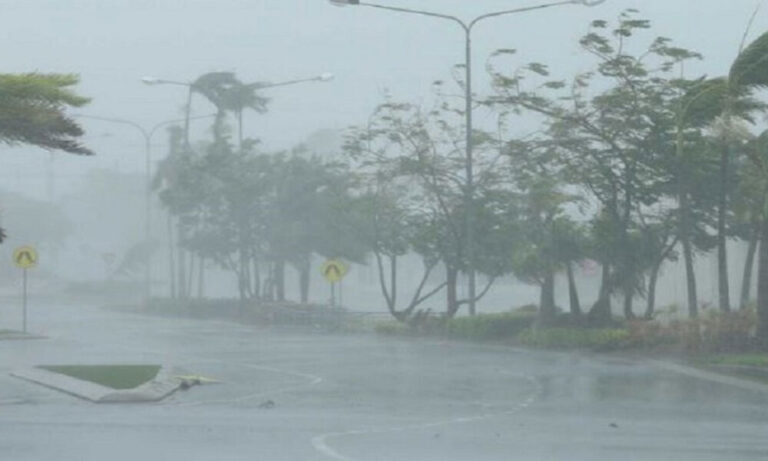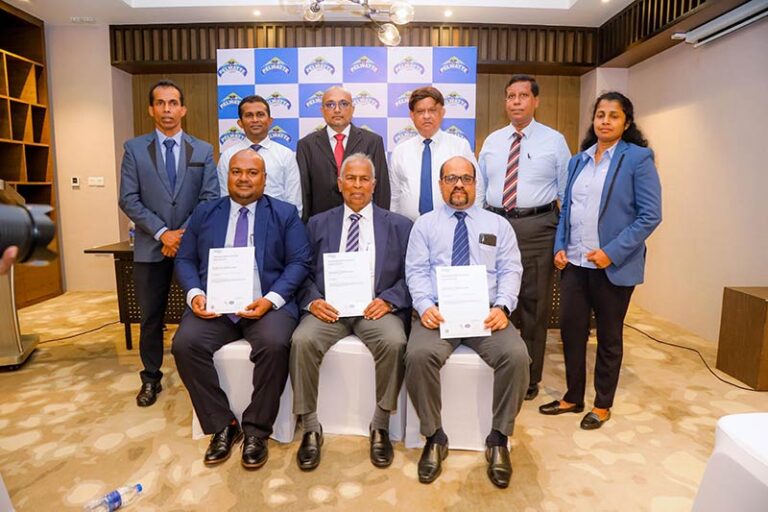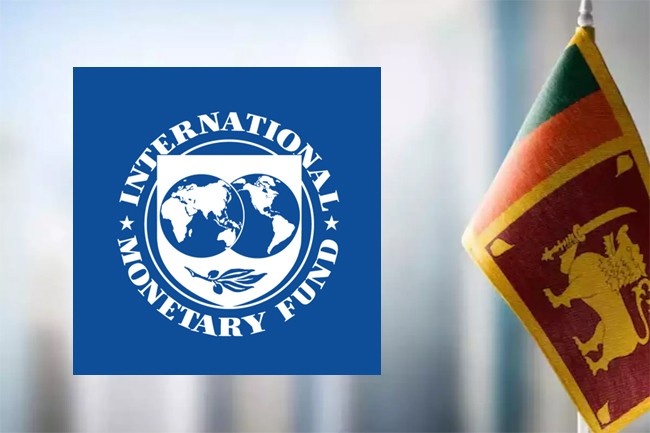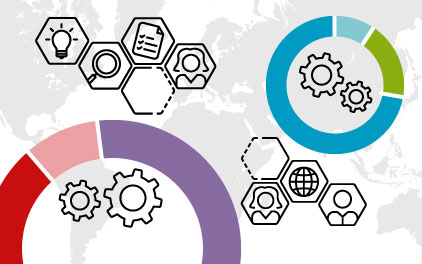September 18, Colombo (LNW) Sri Lanka’s railways are set for a comprehensive modernization, focusing on upgrading stations and enhancing services through public-private partnerships (PPP), according to Transport Minister Bandula Gunawardana. This transformation is crucial as the 159-year-old railway department faces financial difficulties, operational losses, and a lack of investment.
Gunawardana emphasized the importance of revitalizing the railway system to meet modern needs. A key component of this effort is the Railway Efficiency Improvement Project, a five-year, Rs 28.5 billion initiative funded by the Asian Development Bank.
The project is set to be completed this year, with Rs 1.21 billion earmarked for final-phase capital expenditure. The initiative aims to enhance service delivery and operational efficiency, offering benefits for the thousands of commuters who rely on Sri Lanka Railways daily.
As part of this transformation, the government has invited private investors to participate in the development of six key railway stations in Colombo, including Kollupitiya, Bambalapitiya, Wellawatte, Kompanyaweediya, Dehiwala, and Mount Lavinia.
These developments will be pursued under the PPP model, where private investors will lease railway department properties on a long-term basis and modernize the stations into “station plazas.” These modern facilities will improve infrastructure, provide better amenities for commuters, and generate revenue for the government.
Gunawardana shared that several expressions of interest (EOIs) have already been submitted, signaling investor interest. One prominent example is the redevelopment of Ella station, a popular tourist destination, which is being undertaken by Laksala, a state-owned enterprise.
The project has proven profitable for the government, generating not only land rent but also a percentage of the station’s turnover. This model highlights the potential profitability of the station plaza concept, which will be replicated across the railway network.
Gunawardana also pointed out that maintaining the railway department as a state entity has become financially burdensome. To make it profitable, the department should be transformed into an Authority, with governance managed by a board of directors rather than the current bureaucratic system.
He reassured employees that their job security and pensions would be protected, drawing a parallel to the successful partial privatization of the Sri Lanka Ports Authority (SLPA) and Sri Lanka Telecom.
An initial step in the transformation will involve enhancing revenue by leasing spaces above strategic railway stations, addressing illegal land occupancy, and increasing goods and parcel transport.
Additionally, the redevelopment of land around railway stations will include the creation of commercial facilities, such as shopping malls and cafeterias, directly integrated into the stations.
These modern facilities will be operated by the private sector, providing busy commuters with convenient access to shopping and dining options. The Ministry of Transport has called for EOIs from both local and foreign investors interested in leasing upper floors of railway stations for projects like super malls.
Proposals will be opened on July 15, and railway land occupants and new applicants have been requested to register with the railways department to confirm the legal status of their land usage.
This ambitious modernization project represents a crucial step in transforming Sri Lanka Railways into a more efficient, revenue-generating system, while improving the experience for daily commuters across the country
